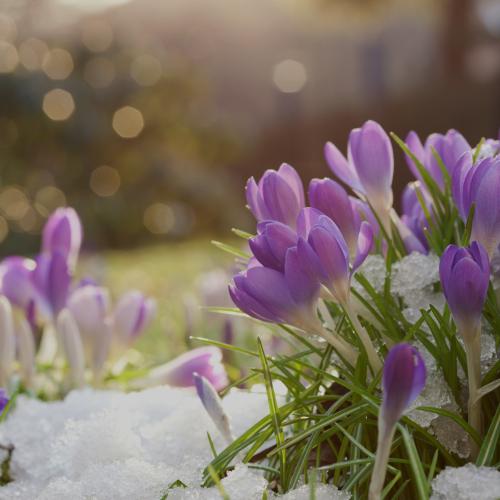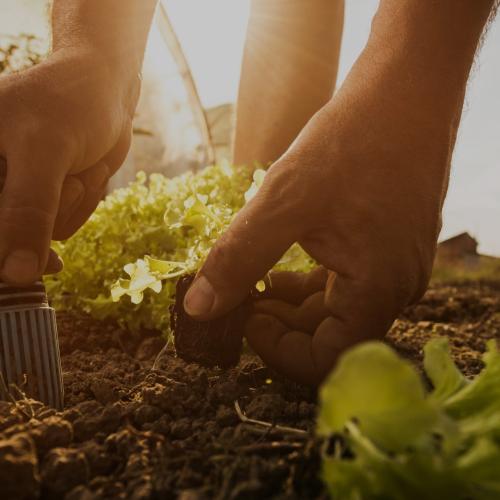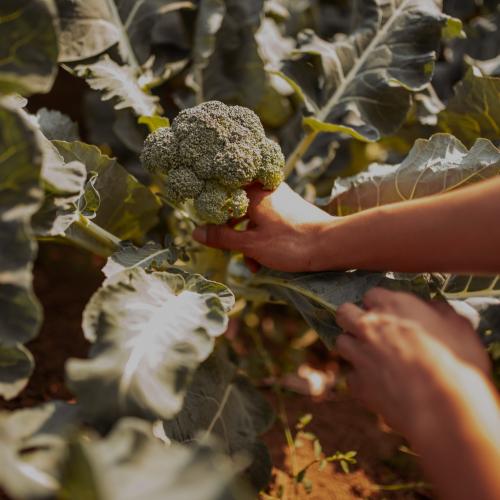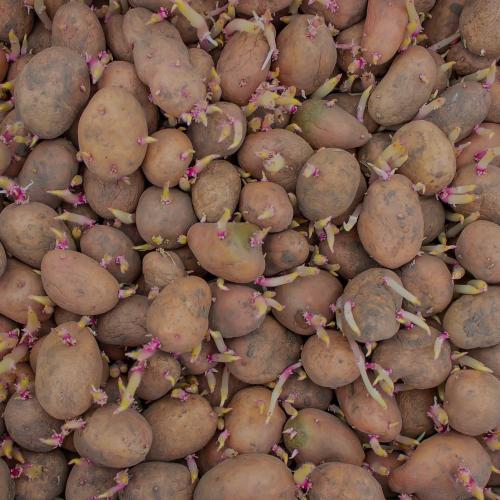Blue Diamond
February Hints & Tips
February is the last month of winter, and frequently the coldest. It’s the end of the dormant period for many plants, so the last opportunity to plant out perennials and fruit trees. Timing this is tricky, as the ground is sometimes too frozen to dig with a spade or garden fork. Even on days when it is too cold to work the soil, there is still time to finish pruning plants ready for them to start regrowing in spring.
Read our monthly newsletter and gardening hints and tips for this February...
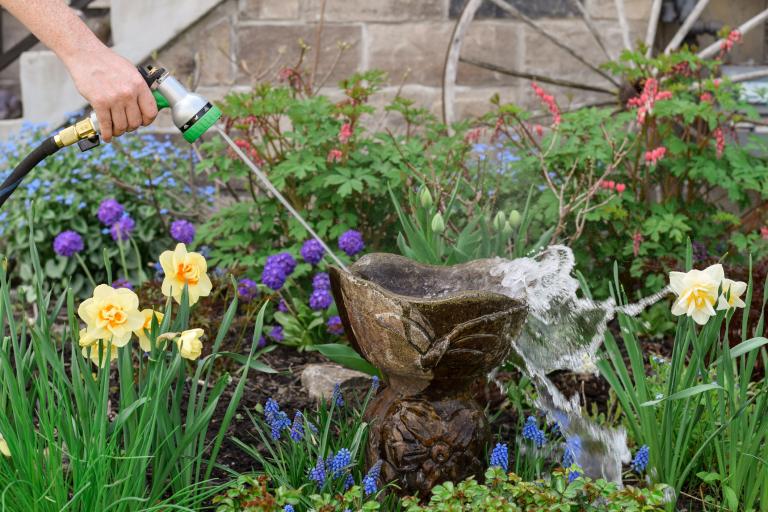
Things to do this month...
- Remove heavy snow from shrubs and trees so that the weight does not snap any branches.
- Clean and fill bird baths and feeders.
- Create a wildlife pile. Add woody cuttings such as autumn raspberry canes, and other material from around the garden. Place the pile out of the way and leave room to add to it. It will provide welcome shelter for a range of garden visitors.
- Create wormery. This is a great way to produce your own liquid fertiliser. A compact and attractive purpose-built wormery is a quick way of turning kitchen waste into something useful.
- Clean and sharpening tools and other equipment.
- Make a final check of seed stocks and ordering any that are missing.
- Tidy and cleaning the greenhouse.
- Repair garden structures, such as fences, sheds and pergolas.

